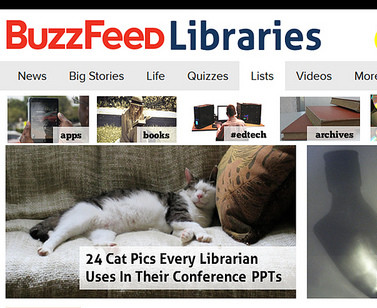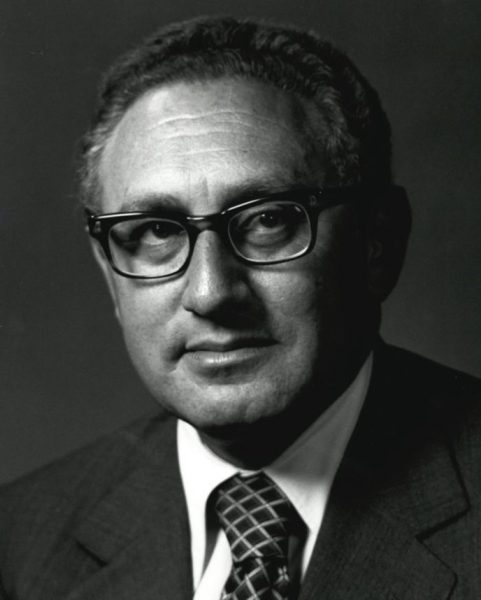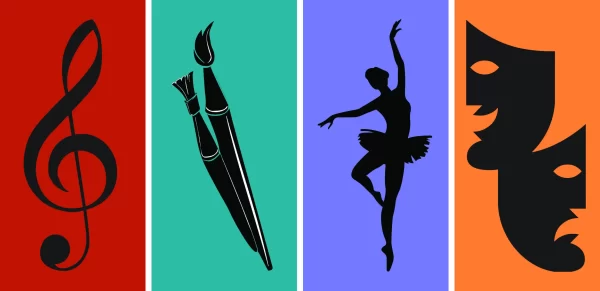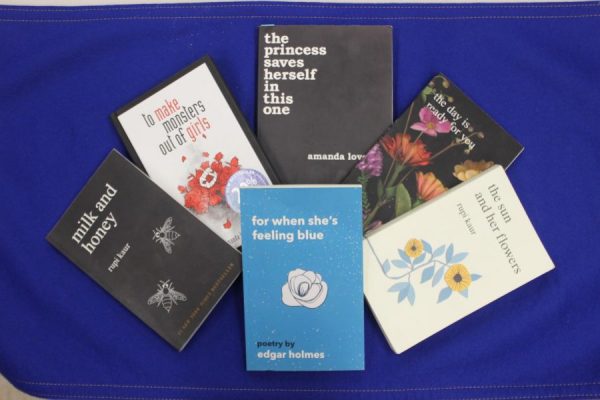The Buzz About Buzzfeed

Buzzfeed has risen to high popularity in the past year. Photo by Ned Potter via Flickr under Creative Commons license.
Six years ago, the word “Buzzfeed” meant nothing, but today it is a whole other story. Some people might just raise their heads to acknowledge it, while others go into a whole frenzy over their obsession with everything Buzzfeed. Today, Buzzfeed is a wildly popular internet news media company that publishes things from kitten videos to serious journalism.
It all started with Jonah Peretti, the genius behind the company and the current CEO of Buzzfeed. Like many others, Peretti began to notice the influence of the growing world of the internet and how fast ideas and different issues were spread and discussed worldwide. It has come to a point today that anyone could be famous within seconds of a viral video.
Peretti became fascinated by this networking system through the digital world and how it related to human connections. He saw the chance to connect with people globally on a number of issues through just a screen, and with that seed of thought, Buzzfeed was born.
After co-founding the Huffington Post in 2006, Buzzfeed began as a virtual lab side project. Buzzfeed’s first attempt was the BuzzBot which would message links of the latest and most trending topics from hundreds of different blogs to its users. However, it was on too big of a scale and was converted to a website that showcased the best of the links that BuzzBot found.
Peretti began hiring editors to manage the daily links, and Peggy Wang was his first hire. He believed that for success, there couldn’t just be an equation finding the links, but rather people to make the site human. Soon enough, the site became increasingly popular and was visited by over 600,000 monthly “uniques,” which are visitors on the site that request files.
For a while Peretti was involved in managing both the Huffington Post and Buzzfeed, which was hectic, but in 2011, his sole focus turned to Buzzfeed. The Huffington Post was sold to AOL Inc., the American multinational mass media corporation that invested in brands and web pages, for $315 million.
It seems 2011 was the perfect time for plowing straight into Buzzfeed because social media brands like Facebook and Twitter were being recognized. Facebook was only created a few years prior, and Twitter was just about to be launched that March. By then, the online platform that Buzzfeed was created on in 2006 was long gone, and it was time to see Buzzfeed how it was always meant to be.
Buzzfeed’s first viral post was the meme of the “Disaster Girl” that had a little girl smirking in front of a burning house. That picture was taken and put it in front of other things that made her look guilty, and thus began its rise in popularity. Buzzfeed’s other tactics included cute animals and humor to find attention.
Now that it has its well-deserved attention, the company has started investing in serious journalism. Buzzfeed now wants credibility in their news and reporting, even if that means its numbers going down. Recently, they even hired the Pulitzer Prize winner Mark Schoofs to build their investigation team. Of the 140 people in their editorial staff, 11 of them focus solely on politics.
To get in between the middle of the communication web in social media, the staff tried to get all the most recent information like gay rights legality or the Pope Francis visit. The information may not be funny or silly, like the reputation Buzzfeed has earned, but they publish the hard-hitting topics that are starting to attract an older demographic.
Four years into the company, Buzzfeed started making a profit with a staff of over 300 and between 600-700 top U.S. programs. Its YouTube videos gained about 92 million views and about 2.7 million subscribers. These numbers have increased significantly since then.
Their videos and articles have the potential to attract multiple demographics, but they haven’t quite reached that yet. For example, Buzzfeed published “13 Ways Republicans Can Win The Internet” or “folks discussed gay marriage at CPAC” and even things like “History Channel’s Satan Looks A Lot Like President Obama”.
A majority of the students at South have vaguely heard of Buzzfeed, while others are very passionate about following up with its latest posts.
One junior at South, Victoria Moreira said, “Buzzfeed has become popular and is becoming ‘mainstream,’ so you would think they wouldn’t talk about some lesser known issues, but they use their popularity to bring attention to them. Like the videos about what it’s like to be transgender or issues people with anxiety face.”
Another student, a senior named Anthony Latorre said, “What interested me about Buzzfeed were the different insights on different topics.” He also added, “I feel that most of the articles do apply to women and the majority [are] about women.” Buzzfeed seems to be more popular with the girls, but a large number of boys also seemed interested, more than what might be expected.
While students like Anthony enjoy Buzzfeed and go through the website, some other students have shown a complete lack of interest or even disdain. “Never used it in the past, not going to use it in the future,” said Nathan Brittin, another senior.
Still, Buzzfeed attracts a large variety of people by having articles ranging from recent politics to the latest celebrity news. Their YouTube videos also reach out to people from other countries by discussing their food, culture, and style. Overall, Buzzfeed is beginning to embody what it means to be growing up in this generation. There is that loving acceptance throughout all the work published that feels empowering and supportive. For all the hate and nastiness on the internet, Buzzfeed is the kindness and the optimism to balance it.










